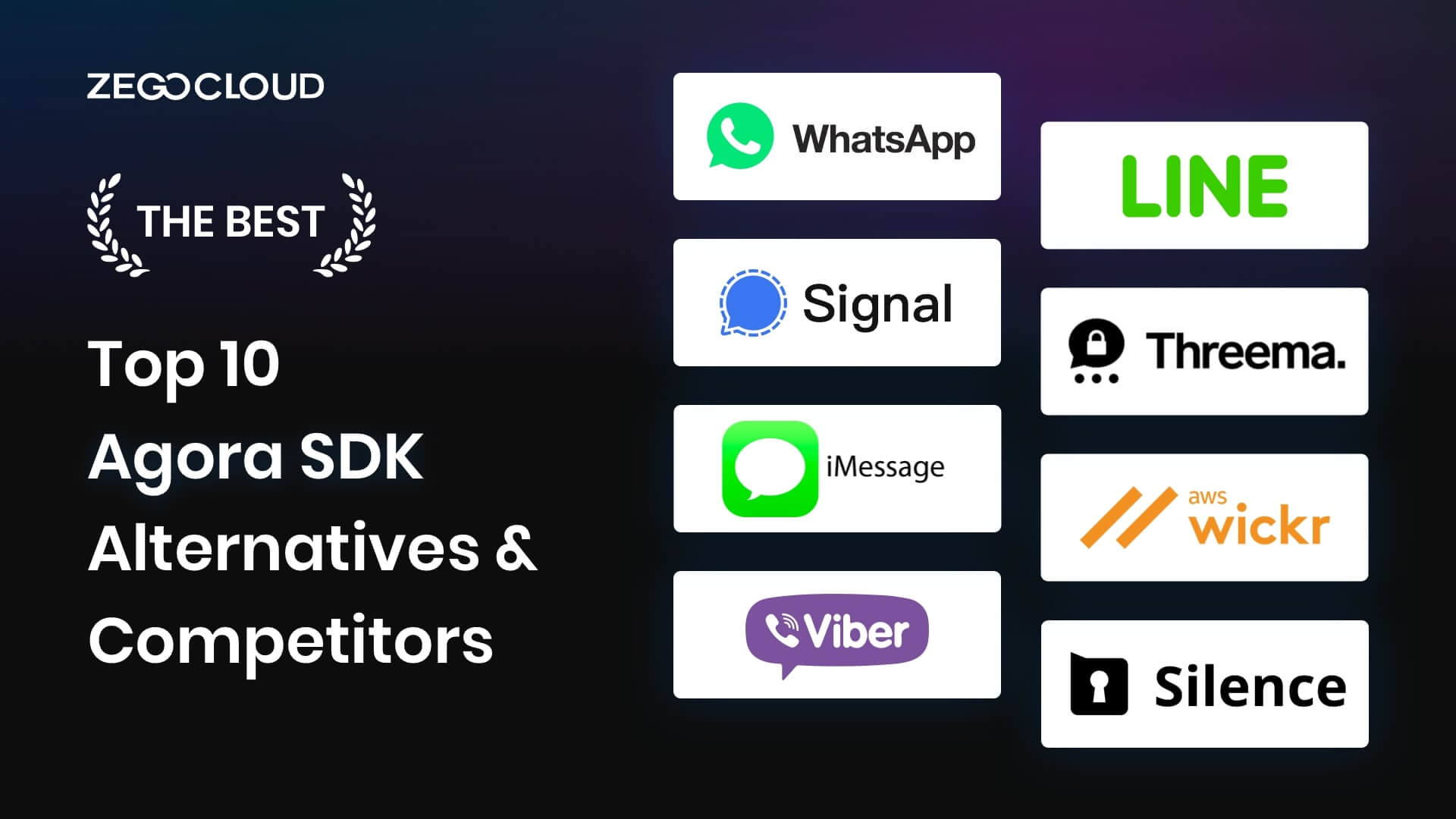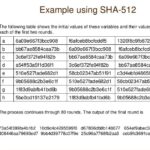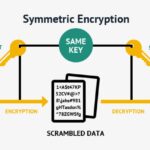As the digital landscape continues to evolve, the necessity for secure communication becomes increasingly paramount. With each innovation, new methodologies for encoding messages emerge, ensuring that privacy and security are upheld in our interconnected world. In 2025, several prominent methods of encrypting messages stand out, each offering unique advantages and tailored to address specific communication needs.
To begin with, asymmetric encryption has become a bedrock of secure communication. This cryptographic technique utilizes a pair of keys: a public key that anyone can access and a private key that is kept secret. The sender encrypts the message using the recipient’s public key, which can only be decrypted with the corresponding private key. This method provides a robust framework for secure messaging, particularly in scenarios like email communications where users need to ensure that their messages are only readable by intended recipients. While asymmetric encryption is widely applicable, its computational intensity necessitates the use of hybrid systems to enhance performance.
Complementing asymmetric encryption is symmetric encryption, which employs a single secret key for both encryption and decryption. This technique significantly increases processing speed and is particularly effective for encrypting large volumes of data, such as files and database records. In 2025, algorithms like AES (Advanced Encryption Standard) thrive due to their efficiency and extensive adoption. Notably, the challenge with symmetric encryption lies in the secure distribution of the key; if the key is intercepted, the security of the entire communication is compromised.
Another notable approach is the emerging use of quantum encryption. Leveraging the principles of quantum mechanics, this technique utilizes quantum bits, or qubits, to enhance security. Quantum Key Distribution (QKD) allows for the creation of a secure communication channel that is theoretically impervious to eavesdropping. Unauthorized interception can be detected due to the nature of quantum states, which change upon observation. While still in its infancy for widespread use, quantum encryption holds immense potential for secure governmental and corporate communications, effectively outpacing traditional encryption methodologies in terms of security assurance.
Homomorphic encryption is another groundbreaking method gaining traction. Unlike traditional schemes, homomorphic encryption allows computations to be performed on encrypted data without the need for decryption. This is particularly beneficial in cloud computing environments, where sensitive data can be processed without exposing it to the service provider. By ensuring that data privacy is maintained while still facilitating useful computations, this method heralds a new epoch of privacy-preserving technologies. The implications extend beyond mere messaging, as it opens avenues for secure data analysis and machine learning applications.
In 2025, the fusion of blockchain technology with encryption methods introduces a new paradigm for secure messaging. By utilizing decentralized, peer-to-peer networks, blockchain ensures that messages are not only encrypted but also immutable and verifiable. This approach significantly decreases the risk of tampering and data breaches, as each message is recorded in a distributed ledger. Moreover, integrating smart contracts within these systems can automate certain processes, paving the way for more complex and secure interactions that transcend basic messaging.
Among the less conventional techniques is steganography, which conceals messages within other forms of media, such as images or audio files. While not strictly encryption, it adds an additional layer of security by disguising the very fact that a message exists. As technology evolves, more sophisticated methods of steganography will likely emerge, enabling even more covert communication. This nuanced practice is particularly appealing for those who may need to transmit sensitive information without drawing unwanted attention.
Additionally, the utilization of Artificial Intelligence (AI) in encryption processes is becoming increasingly prevalent. AI-driven algorithms can analyze data patterns and tailor encryption methods based on the specific context and sensitivity of the information being transmitted. This adaptability ensures that encryption protocols remain flexible and responsive to emerging threats, thereby bolstering the security framework surrounding message encoding.
Furthermore, users can expect to see a push toward user-centric security measures, where tools designed for encoding messages emphasize ease of use and accessibility without sacrificing security. Initiatives promoting user education about secure communication practices, such as the importance of password hygiene and recognizing phishing attempts, will be pivotal. The accessibility of secure messaging applications, such as those utilizing end-to-end encryption, highlights the growing awareness and expectation towards maintaining privacy in everyday interactions.
As we advance through 2025, the sphere of message encoding is intricately woven around the themes of accessibility, efficiency, and adaptability. It is evident that both established and innovative techniques will serve as integral components of secure communication frameworks, each honing in on different facets of security and usability. The future promises more robust methodologies that not only protect individual privacy but also challenge existing paradigms of how we conceive security in digital interactions.
In summation, the evolution of encoding methodologies presents an expansive landscape that demands a confluence of various techniques—symmetric and asymmetric encryption, quantum mechanics, blockchain, and intelligent systems—each contributing to a more secure mode of communication in our increasingly digital society. Such advancements will not only address the immediacy of data protection but also lay the groundwork for a more secure and resilient future in communication.








Leave a Comment